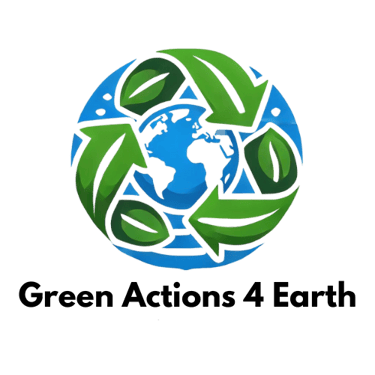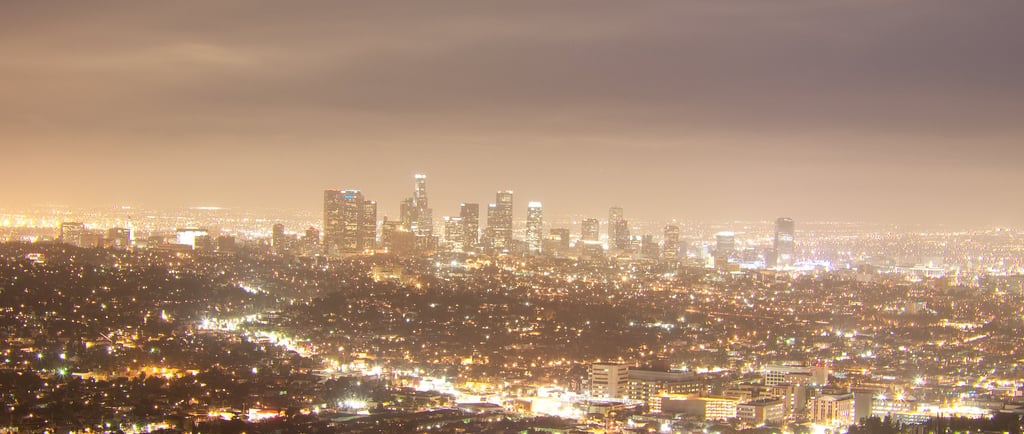What is Light Pollution?
ENVIRONMENTAL ISSUES
Danny Xu
1/20/20254 min read
Light pollution is the artificial light that is created by humans that conflicts with the amount of natural light in nature. Light pollution affects wildlife behavior and also the visibility of stars and other objects in space that are in the sky. This is why people usually have to go to the country side in order to observe stars as living in a big city with lots of light pollution makes seeing stars almost impossible.
Since light is such a common presence in life, it is easy to not view light pollution as a huge problem to the Earth's well-being, however, like other types of pollution, it comes with much more pressing problems then just not being able to see the stars in the sky.
Nocturnal Animals

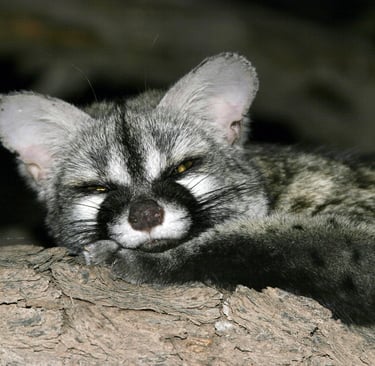
Nocturnal Animals are animals that are awake during the night but go to sleep during the daytime when the sun is out. Some nocturnal animals include bats, skunks, and owls. Due to the increased light during nighttime, the dark setting that nocturnal animals need to sleep is affected as night time feels more like day for them. Nocturnal animals are very sensitive to even the smallest changes in light and this leads to them needing to change their behaviors.
Predator and Prey
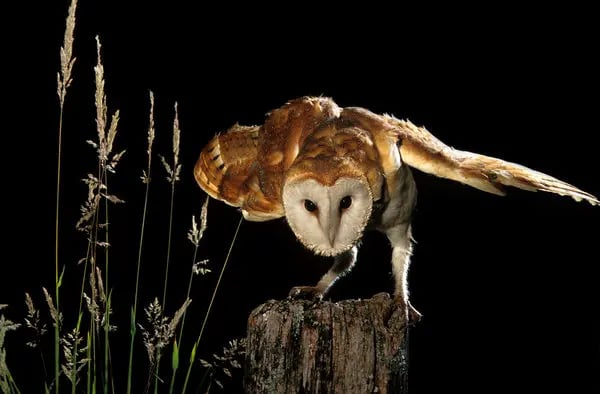

During the night there is a lot of prey that uses the darkness that nighttime provides to easily hide from predators. However, due to light predators that may not be as well-adapted to seeing prey in the dark now have a much easier time spotting prey due to the increased light which also makes finding good hiding spots for prey harder. This creates an imbalance in the interactions between prey and predator in a habitat as a predator eating out to much of its prey also results in the population of the predator going down as the prey can't reproduce faster than the rate they are being eaten. Many animals also need the darkness to hide their nests from predators. For example, there was a change in plover's nesting location since there was to much artificial light coming in from a facility. When the facility turned down the lights, some of the plovers moved back. Lastly, animals like salmon are drawn to light which makes it much easier for predators to catch salmon as they group together in those patches of light. All this light pollution creates many imbalances between predator and prey and the relationship between them is not natural.
Migration
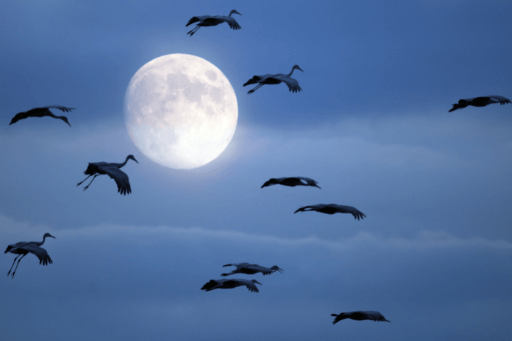

Artificial light distorts many birds that are trying to migrate at night. Unfortunately, birds are attracted to well lit objects so tall buildings with lots of light are extremely dangerous. Migration is already a tiring task for birds so adding on this extra burden only makes it worse. Additionally, when birds start getting distorted by excess light, they start vocalizing more to try and help birds stick together, however, this results in more birds joining and more collisions.
Overall, light pollution, like many other types of pollution, has a huge negative impact on the environment and animals. Once again, human inventions that aid people in excessive amounts ends up hurting the rest of the planet. However, there are organizations that are doing there best to try and bring back the dark sky through initiatives like educating the public. A way everyone can help light pollution is to close blinds at night and only use not waste energy.
Sources:
National Geographic Society. 2022. “Light Pollution | National Geographic Society.” Education.nationalgeographic.org. National Geographic. July 15, 2022. https://education.nationalgeographic.org/resource/light-pollution/.
Staff. 2019. “Light Pollution Poses Threat to Migrating Birds.” DarkSky International. May 9, 2019. https://darksky.org/news/light-pollution-poses-threat-to-migrating-birds/.
Snyder Sachs, Jessica. 2023. “How Light Pollution Impacts Wildlife & How You Can Help.” National Wildlife Federation. July 4, 2023. https://www.nwf.org/Home/Magazines/National-Wildlife/2023/Summer/Conservation/Light-Pollution-Wildlife.
DarkSky. 2024. “Light Pollution Harms Wildlife and Ecosystems.” DarkSky International. September 11, 2024. https://darksky.org/resources/what-is-light-pollution/effects/wildlife-ecosystems/.
Diaz, Daniela Torres, Stuart Jenkins, and Svenja Tidau. n.d. “The Moon and Stars Are a Compass for Nocturnal Animals – but Light Pollution Is Leading Them Astray.” The Conversation. https://theconversation.com/the-moon-and-stars-are-a-compass-for-nocturnal-animals-but-light-pollution-is-leading-them-astray-142301.
National Park Service. 2020. “Light Pollution - Night Skies (U.S. National Park Service).” Www.nps.gov. September 4, 2020. https://www.nps.gov/subjects/nightskies/lightpollution.htm.
